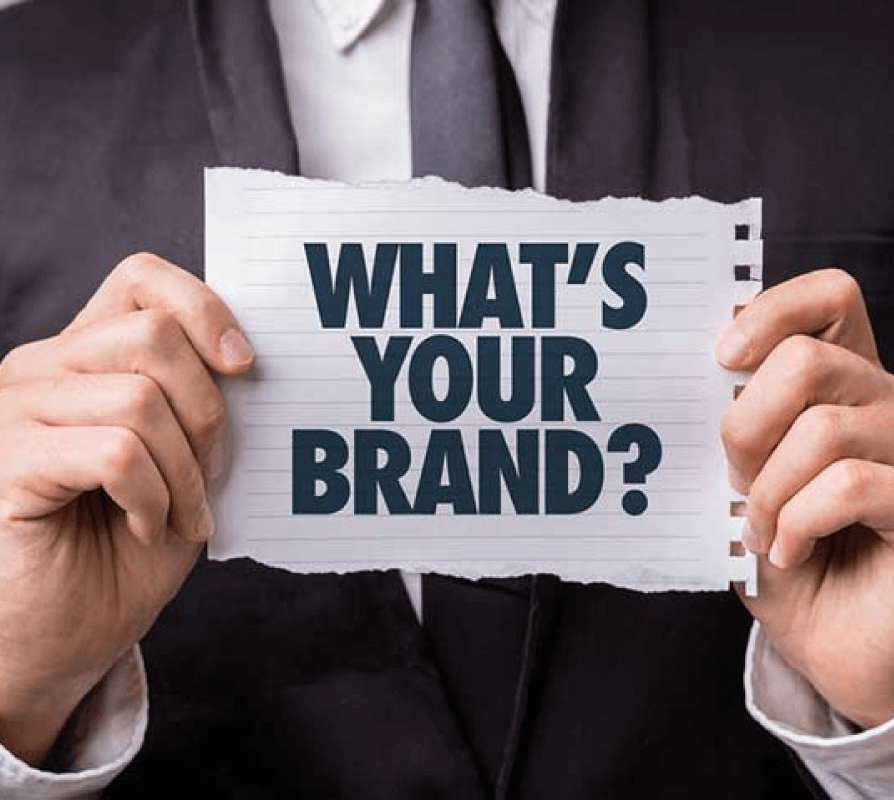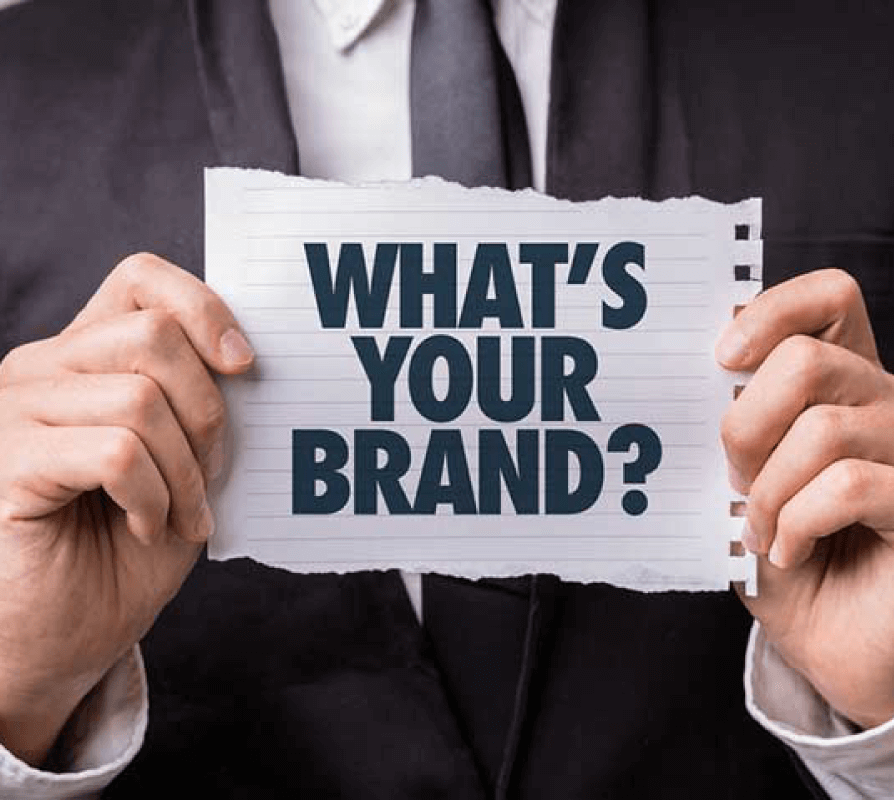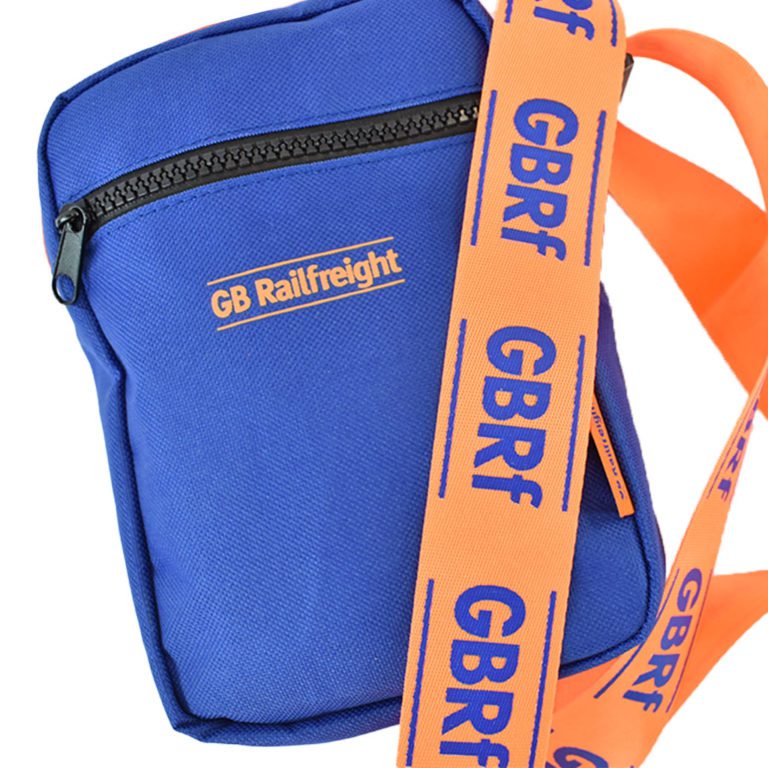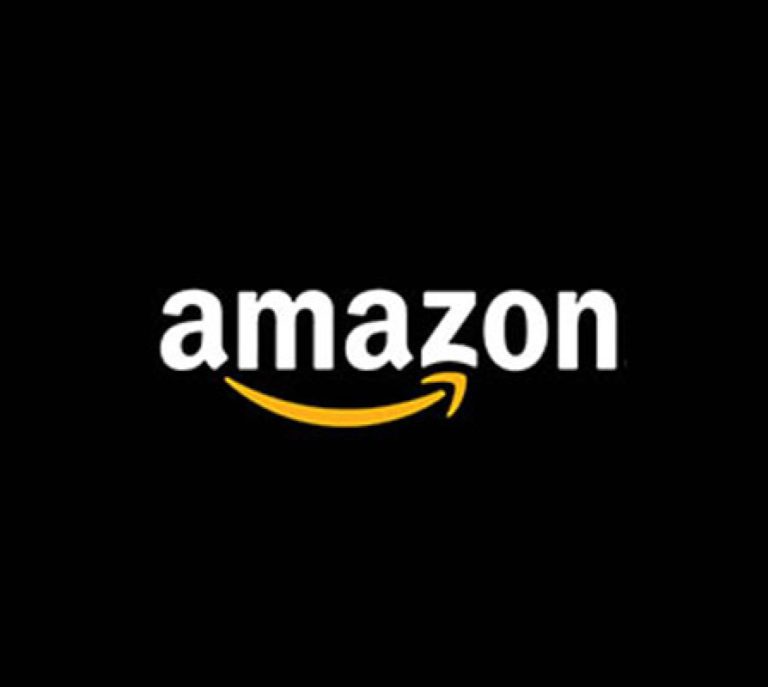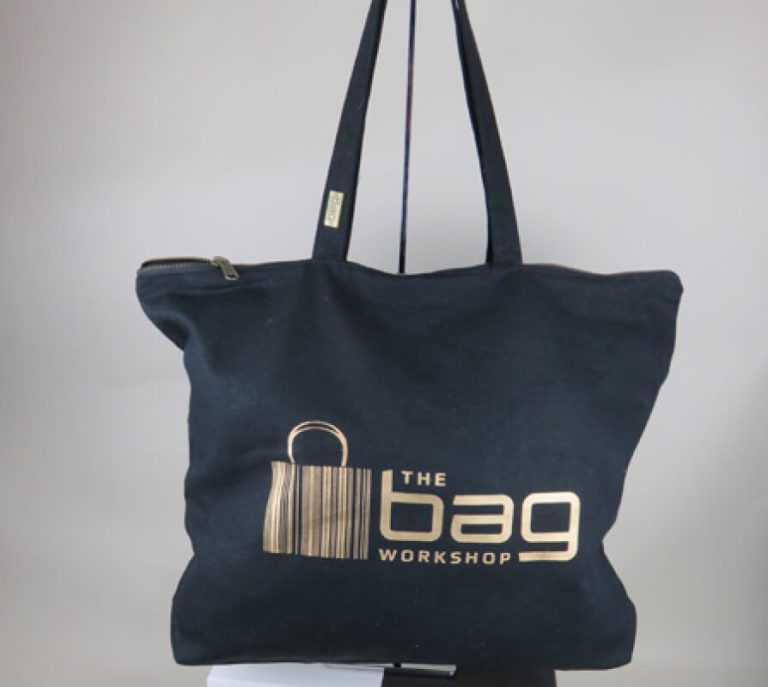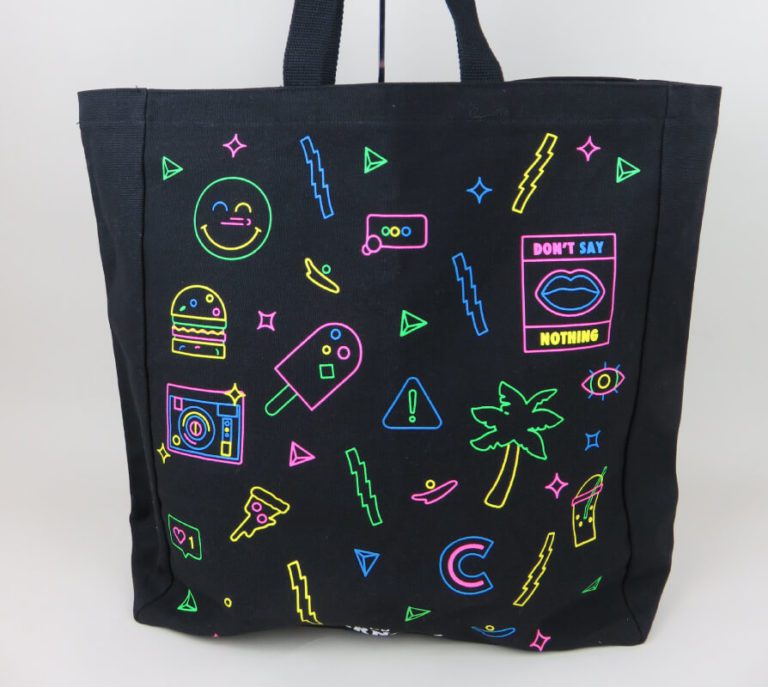10 Most Effective Ways to Build Brand Awareness
Do you want to achieve higher sales but can’t? Are your products great, but you can’t get people to buy them? Perhaps you need to work on brand awareness. If your target market doesn’t know you and your products, then how are they going to buy from you?
Brand awareness is an extremely simple concept, but it’s difficult to achieve. Getting your customer’s attention takes more than just giving out a few flyers and creating special offers. It is about implementing a long-term strategy to reach out to your customers and earn their trust – before your competitors do.
Here are the 10 best brand-building strategies that can help you get your business known in no time.
Social Media
Social media is an omnipresent force today. In fact, as of December 2019 the world population stands at 7.8 Billion and roughly 74% of 4.54 billion internet users are active social media users, approximately 3.725 Billion.
But be wary of making the rookie error of trying to promote your business on every social media platform available. Ultimately, the benefits of each social media channel are going to be highly dependent on what kind of industry your business is in. As tempting as it is to set up multiple accounts when starting out, remember that multiple accounts don’t equal maximum exposure. It’s always best to limit your focus to a couple of channels and push maximal effort into generating the more optimal leads, than wasting your time and resources on quantity over quality. After all, I doubt an accountancy firm is going to do too well on Pinterest.
If your product lends itself well to images, Instagram can be hugely beneficial, whereas Twitter and LinkedIn are better for B2B companies. Look at the data to figure out where your target demographic spends the majority of their time, and focus your efforts there. If you have no idea which one would work best for you, use analytics to see where your website traffic is coming from.
These social media sites also offer features that you can take advantage of. Live streaming on Facebook and Instagram has become one of the most popular marketing tools of 2019, and shows no sign of losing traction.
Pay-Per-Click (PPC) Advertising
With surveys showing that over 85% of consumers use the internet to discover local businesses, and a further 81% of shoppers conduct online research before making a purchase, not advertising online would be a wasted opportunity. Using Google Adwords is an effective tool for getting yourself seen online.
Whenever someone googles a topic or keyword, that is related to your business, your ad will appear at the top of the search results. Not only does this help find relevant customers who are looking to convert, it’s a big boost for your brand awareness.
Facebook ads are a popular alternative. As the most widely used social media platform – with 1.8 billion users worldwide – the potential customer pool is huge. Moreover, it allows you to set specific parameters as to who can see your ad. Using the demographical data and interests of its users, Facebook then filters your add through to only the most relevant people.
Blogging
Don’t underestimate what a blog can do for your business. It builds brand credibility, increases exposure, and boosts traffic to your website. Whether you’re sharing your knowledge or creating entertaining content, a blog allows you to give something back to your consumer, and earn a little of their trust in return.
Engaging posts can convert commenters into customers, increase your chances of appearing at the top of search engine results and generate awareness and leads through shares and email subscribers. Actually, is there anything they can’t do?
Traditional Advertising
But this isn’t to say you should throw the traditional marketing techniques out of the window just yet. Offline mediums still hold water in the digital age. Newspapers and magazines still have a wide readership, and business signs and vehicle graphics will be useful as long as there are cars on the streets. The most important thing is to create an all-around marketing campaign that mixes both online and offline strategies.
Referral programs
Referrals are more valuable than you think. A study by Harris Poll found out that 82% of American consumers take note of recommendations from friends and family before making a purchase. Many large companies attribute their early success to referral programs. One great example is Dropbox. They gave existing users extra 500MB of storage space for every person they refer. Many new users signed up after, proving that word-of-mouth is still a powerful marketing tool.
By giving existing customers an incentive when they introduce a new prospect, your business can grow bigger than you can imagine. Offering out something low cost, such as a promotional bag, can inspire them to increase your reach at little cost to you.
Influencer marketing
Getting industry leaders and influencers to endorse your product is a highly effective way to improve brand awareness. Particularly influencers in your niche whose network are already open to your product or industry.
Think of influencer marketing as the power of word of mouth times 10. By simply advocating for your product, or sharing their experiences using it across their platform, they open your product up to a whole new user base. Not only that, but your product automatically becomes linked with their reputation, and therefore, more trustworthy, meaning their network will be far more likely to convert.
Events
Events are a great way to gain favourable publicity and create positive relationships with your community and consumer base. If you’ve got a big customer following, partnering up with a charity for a golf tournament or a community outreach event is a great way to generate publicity and actually do some good. Signing up as a sponsor for public events and concerts can be a great way to gain more visibility and local community ties. You may also want to join industry-related conferences and workshops.
Another option you could consider is a product launch. By organizing a full-blown event dedicated to promoting your product, not only can customers, influencers and the media get tactile with your product, but they can create a second wave of buzz outside of the event itself. Two for one!
Promotional Merchandise
Everybody loves freebies! Going the traditional route and putting your brand logo on pens and shirts is all fine and dandy. But what you really want to do is give away something that you know your customers are going to actually want to use – this is where promotional bags come in.
You want to essentially turn the wearer into a mobile advertisement and brand advocate, but to do that, you’ve got to make sure your promotional merch will actually be seen outside the house. The best way to create an epic swag bag for your event, or solid promotional merchandise, is to centre the needs of your customer. If you’re a hotel company, a free branded travel bag will be of genuine use to your target demographic.
For more ideas about the best bags for your brand, read our guide here: https://www.bagworkshop.com/news/the-5-best-promotional-bags-for-your-brand/ By creating something that your customer needs, it ensures that not only will your customer will value it, and in turn, value you – but that they’ll be raising awareness for your brand effortlessly. Think of all the potential lead generation in an airport alone!
Consistency
This is often overlooked by small business owners. You should always be consistent when it comes to branding. By using the same logo across all platforms – print ads, blog, newsletter, and social media accounts – you’re building up an instinctive recognition of your brand. Coca-Cola, for instance, has done this so effectively that even the pairing of the colours red and white together is synonymous with their brand.
Good Product and Customer Service
If you offer buyers with an exceptional product they can’t get enough of, expect that word about your business would spread like wildfire. However, with today’s ever-demanding market, it is not enough to sell a great product. A responsive customer support is needed to push people into buying. By delivering your brand promise with the right attitude, your customer’s to do the advertising for you.

